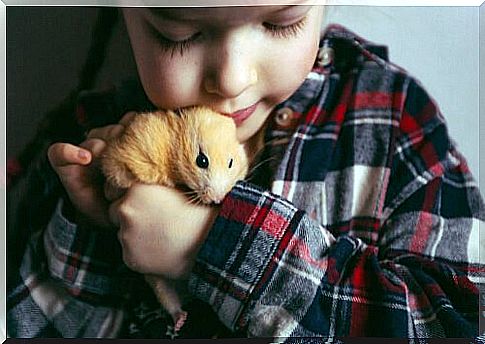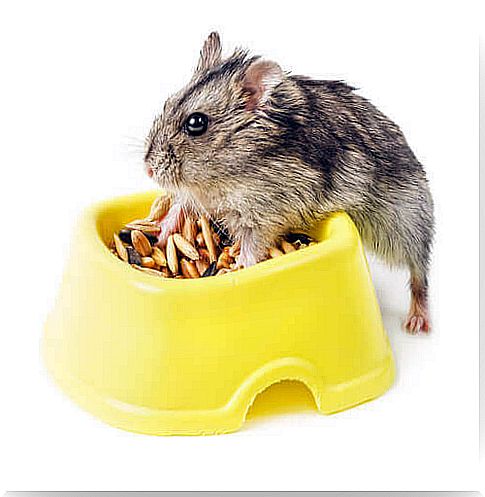Hamster Communication With People

Hamsters are ideal pets for homes without a lot of space, and also for owners who want the company of a pet, but don’t have the possibility to spend a lot of time for the pet. To keep these little animals happy, good communication between the hamster and people is essential.
Hamsters have an average life span of two to four years. Your care does not take as much time as a dog or cat; getting him out of his cage and exercising for five minutes will do.
Due to their small size, hamsters do not require as much food and it is recommended that only enough be fed. These small rodents tend to be storekeepers, so it is essential that signals are understood when the hamster communicates.
Calm the hamster with treats
The best way to train a hamster is to raise one from a puppy. That way you can reward the little animal with treats while it calms down and you understand its behaviors.
The hamster’s adequate food consists of salts, minerals, a diet rich in fiber, low in fat and with many vitamins ; everything that is necessary for the rodent to survive for a long time.
These properties can be obtained in cereals and seeds. To get the vitamins needed for them to be full of energy, fruits and vegetables are the most recommended.

All of these foods should be given in small amounts and with caution. If traces of food remain in the cage and spoil, they can damage the hamster. Therefore, dry foods that are sold in pet stores are highly recommended as they take much longer to expire and spoil.
Foods strictly prohibited in a hamster’s diet are salt, chocolate, fats and sweets in general. For the safety of the rodent, we must also omit cilantro, parsley, grapes, carrots, beets or frozen vegetables.
Hamster communication through trust
There is another way to persuade the hamster besides doing it through the treats. With our voice and with our hands, we can demonstrate to the rodent that it can trust us.
People with a lot of free time are advised to hold the little buddy in their hands, not squeezing too hard, but hard enough not to let them slip away. The next thing will be to watch what the hamster does.
Another way to communicate with a rodent is to make sounds that are only used with it or, from time to time, speaking at a distance. That way, the little rodent will start jumping so that we can take it in our hands or to be pampered with a treat.
Hamster Communication Through Body Language
In addition to these guidelines, other elements of hamster body language can also be understood. We’ll be able to see it by watching the way it moves during the day.

Stretching or clearing the body slowly means our little friend is happy and relaxed. However, if he compulsively cleanses, twitches, or lies on his back, he is feeling a threat and fear.
In small hamsters, their way of dealing with fear and the feeling of threat is to walk with their tail up or curl their ears.
Other types of signs would be: if the hamster jumps, digs and plays, it means he is in a good mood. In cases where the hamster carries a lot of material to its nest, it may be getting ready to have its young, and this is the time when we should leave it alone.
When your hamster gets restless, maybe he’s just tired and it’s time to let him rest in his cage. When yawning or getting irritated, it is also advisable to let him rest.
Hamster communication through sounds
Another way a hamster can communicate with its owner is through the sounds it makes. When a hamster snorts, screams or grinds its teeth, it means it feels threatened.
When he croaks and growls, he’s communicating aggression and a need for space and calm. Also, some females make soft beeps to call their young to eat or to be near her.
Keep in mind that hamsters are very territorial and love to rub their tummy on anything they want to ‘mark’ as theirs. They are also nocturnal animals, so having excessive lighting is not ideal for these animals.









